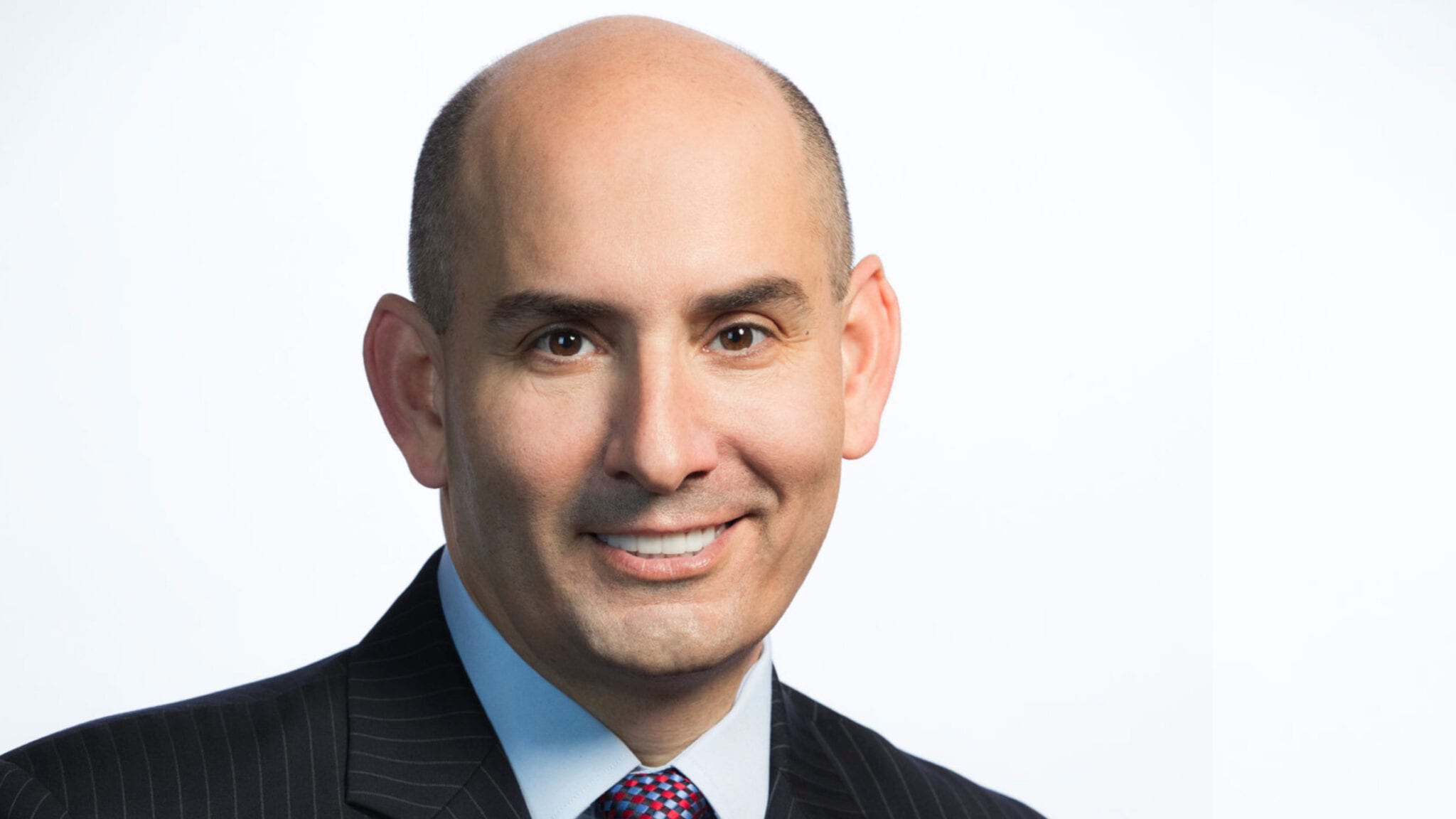
Todd Zavodnick, Dermavant CEO
With topical approval, Dermavant looks to bring new standard-of-care to plaque psoriasis patients
Dermavant CEO Todd Zavodnick has been plotting to upend the plaque psoriasis market for years now. And with the company’s first approval on Tuesday, he …
Sign up to read this article for free.
Get free access to a limited number of articles, plus choose newsletters to get straight to your inbox.